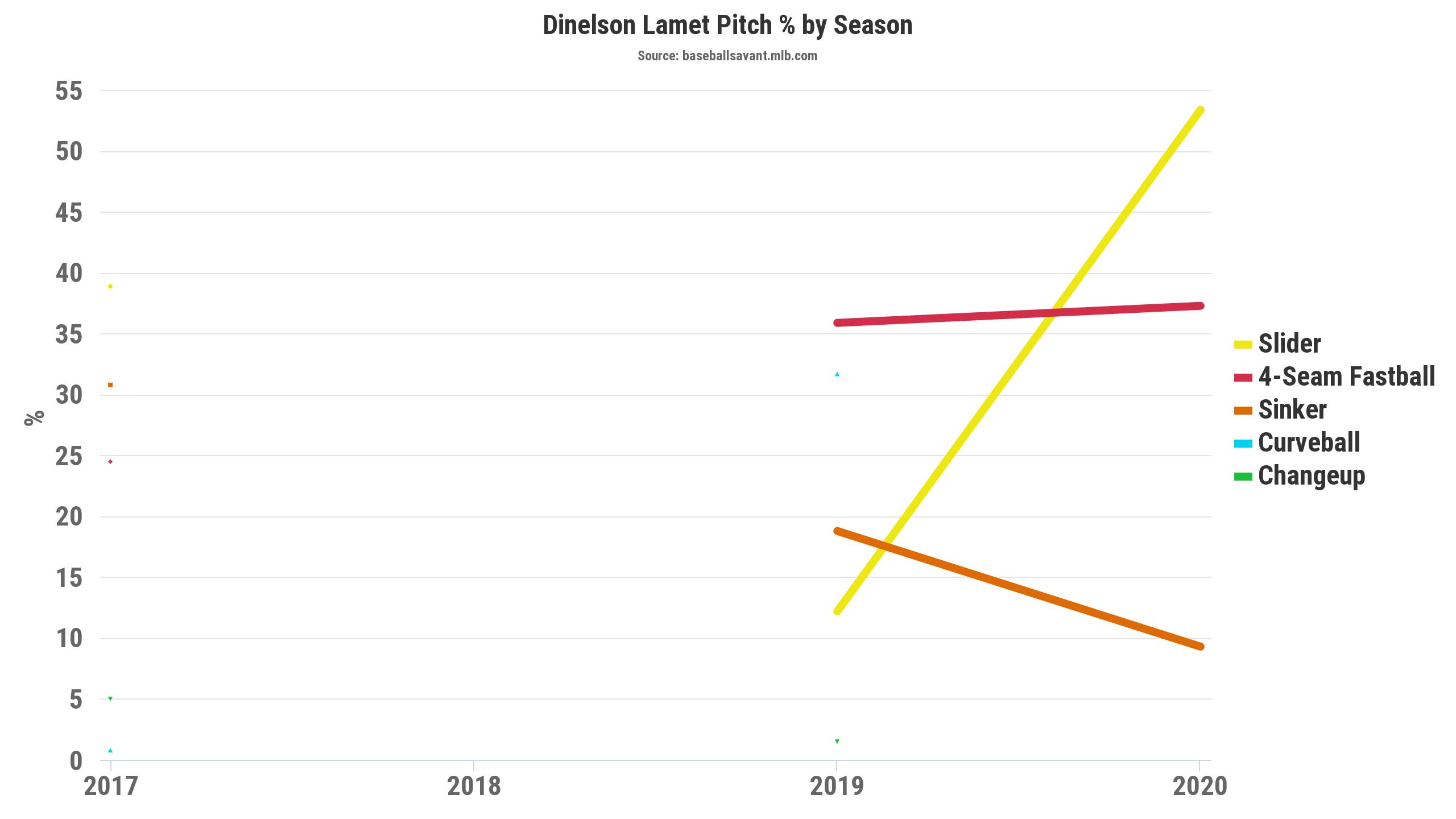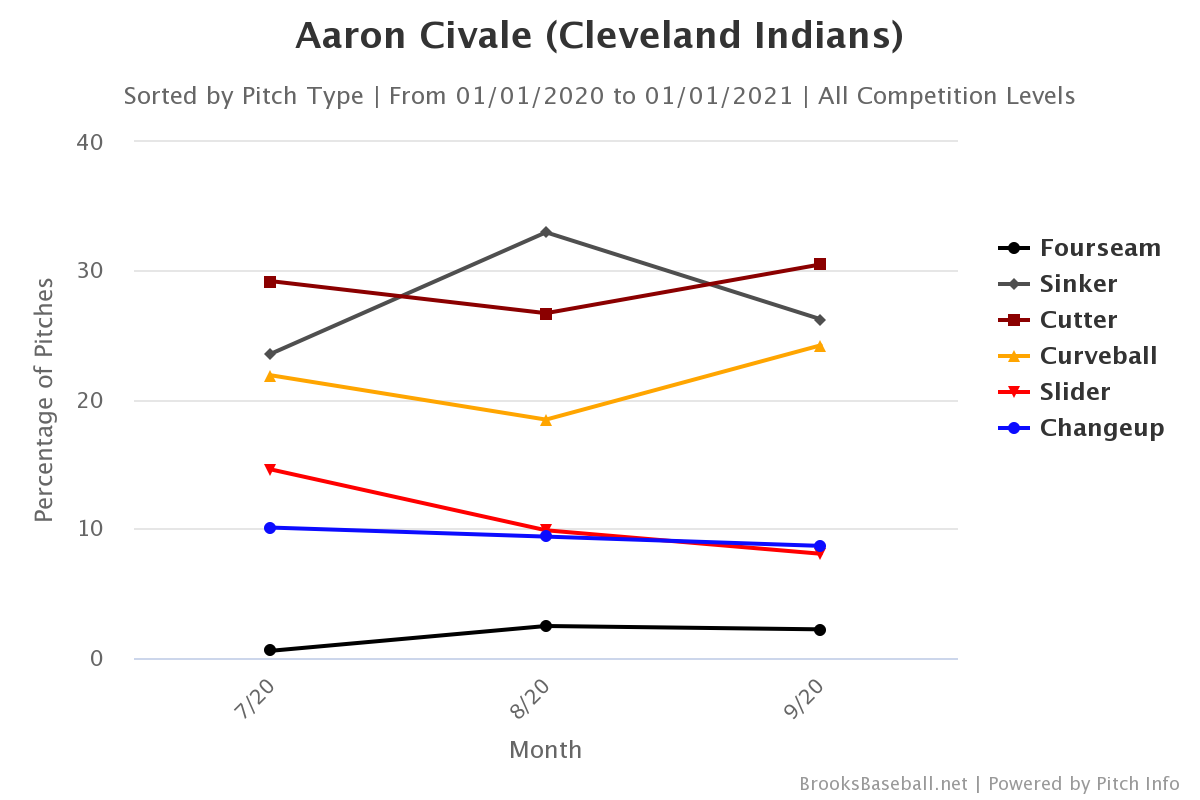Pitchers To Watch In Spring Training Part II
Spring training can be helpful in determining a pitcher’s future performance. While most of it should be taken with a grain of salt, sometimes it can be a calling card for things to come. Some major components to look out for involve velocity, command, and pitch mix.
Velocity is a little tricky because a lot of the time the radar guns could be wrong. They aren’t playing in MLB stadiums so the technology isn’t as reliable, but still something to monitor.
Command comes with one simply watching the games. Is the pitcher hitting their spots? Are they keeping pitches elevated or below the zone? These are a few aspects of command to look out for.
Pitch mix you can’t really look into when it comes to selection for spring training. Pitchers can go out there and throw their curveball ten times in a row just to see how it is performing. What you can do is look for new pitches. Every year you hear some kind of hype around a player developing a new pitch. We have to keep in mind that it isn’t always a good thing and these pitches can take years to develop. Frankie Montas took a full season to get comfortable with his splitter and didn’t start to really utilize it until 2019. In spring training if a pitcher is adding a new pitch, see if they look comfortable using it and also see if they are able to command it.
The pitchers below all have something you should be on the lookout for in spring training. All of them have something to work on and all of them can really swing one way or the other. You can check out part one here.
Dinelson Lamet had a fantastic season coming close to a CY Young award with a 2.09 ERA, 0.86 WHIP, and 34.8 K%. He achieved this by increasing his slider usage by over 40%.

A genius move by Lamet and the Padres because this pitch was just flat out insane. Last season it produced a 21.5 SwStr%, 38.2 O-Swing%, -7 wRC+, .144 wOBA, and 50.7 K%. Making is perhaps the best pitch in the entire league.
Lamet also pushed his fastball velocity to a career-high making it a viable pitch, where in the past it was rather mediocre. This, in my opinion, leads to the arm issues he encountered late into the season. If you want to hear me talk down upon Mr. Lamet you can check it out here.
What you are watching when it comes to Lamet in spring training is his elbow and fastball velocity. The four-seam fastball went from averaging 95.9 MPH to 97.0 MPH in 2020. Velocity readings will be important for Lamet because if they truly are worried about the elbow I would assume they tell him to dial back the velocity. We should be able to tell early on, but as I have said in the aforementioned article if that is the case how good will his four-seam be?
As for the elbow, Lamet had to get PRP injections setting off red flags for us fantasy managers. Typically, unless you are Masahiro Tanaka, PRP injections don’t work out and eventually lead to Tommy John surgery. When watching him this spring keep an eye out for how comfortable he looks on the mound and if the movement on his slider persists. Lamet lives or dies with his slider making this the most important thing to watch. You can see why this makes Lamet such a risky draft pick.
Aaron Civale was the tale of two halves (or months). In August he put up some impressive numbers with a 3.83 ERA, 3.17 FIP, and 18.5 K-BB%. September was a little different as he produced a 6.43 ERA, 5.51 FIP, and 12.4 K-BB%.
There was a key pitch mix change with Civale where he was trending towards using his breaking pitches more.

This is classic Indians, they slowly convert their starters into using breaking balls more. When Civale stormed out of the gate he used the cutter more than his sinker but then for some reason he reverted back to the old ways and then reverted back to the start of the season. The Indians know what they are doing and personally, I would love to see the cutter used over the sinker while keeping the increased curveball rate.
Besides the pitch mix change, in spring training keep an eye on Civale’s command. He typically has always had above-average command but the sinker (which he relies on for weak contact) was left over the middle of the zone more than the year prior leading to poorer results.
| Year | wRC+ | GB% | ISO | pVAL |
|---|---|---|---|---|
| 2019 | 76 | 48.5 | 0.111 | 5.7 |
| 2020 | 149 | 44.2 | 0.188 | -1.7 |
He needs to lift it in the zone more like 2019 and it could end up leading to a lot more success for him. Civale is a pitcher that seems really close to breaking out. Use the breaking balls more, lift the sinker, and you will have a pitcher primed to make his way into the top 30. Plus with the Indians organization, he will rack up those innings that we all long for coming into 2021.
The 31-year-old Drew Smyly took a major step forward in 2020 pitching to the tune of a 3.42 ERA, 2.01 FIP, and 37.8 K%. He made seven appearances but did tally five starts. The key to his success stems from the four-seam fastball. Smyly has always had a great curveball and decent cutter but the four-seam typically was average.
Throughout his career, Smyly’s four-seam averaged 91.4 MPH and dipped to 90 MPH in 2019. Last season Smyly found another gear and bumped that velocity up to 93.9 MPH. What’s impressive is the velocity actually rose to over 94 MPH in all of his starts in September except for one.
What struck my curiosity was if the velocity held up late into games where he threw a lot of pitches. On 9/22 he threw for 92 total pitches, and in the sixth inning, he threw nine fastballs that averaged 92.8 MPH. In the fifth inning of that game, he threw eight fastballs averaging 93.0 MPH. Now if you drop into the first inning he threw 11 fastballs that average 94.4 MPH.
On 9/27 he threw 98 total pitches. In the fifth inning, he threw 11 fastballs averaging 93.1 MPH. In the first inning, he threw 10 fastballs and averaged 93.2 MPH. Not much of a dip here but an overall dip from what we saw he averaged for the season.
Those two games were the only ones where Smyly reached 90 pitches. One of them you have diminishing velocity as the game went on and the other a lower velocity overall.
All in all, Smyly needs that new velocity to stick to be just as successful, especially in the strikeout department. Watch him in spring training and see if that increase still exists. The big question is if it is there, will it stick through an entire season?

“You can check out part one here.” Link not working for me
Fixed, thank you!